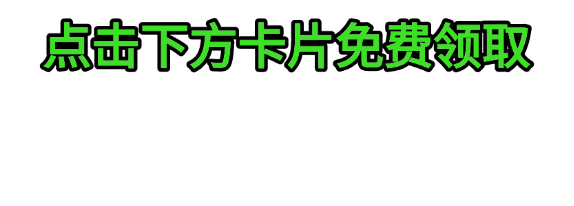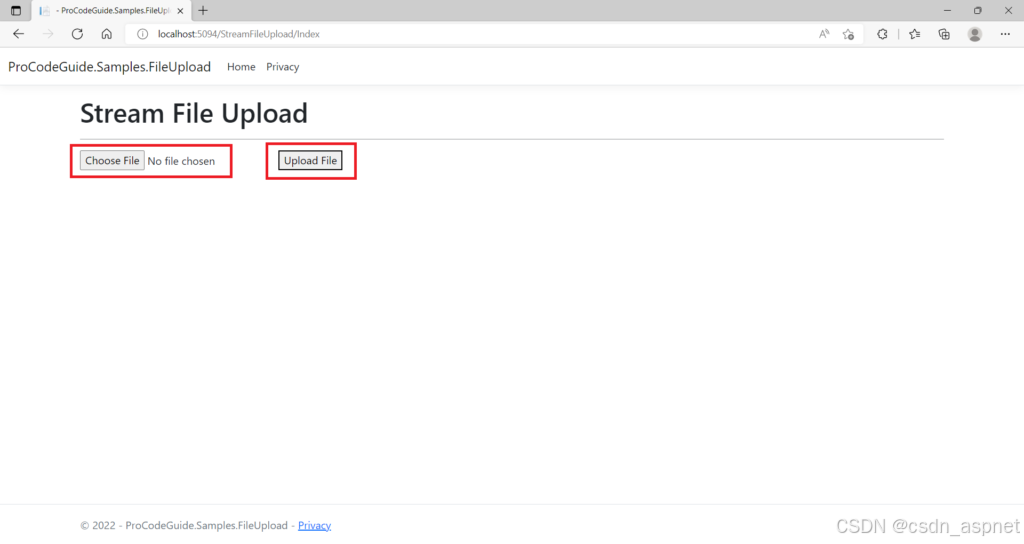问题描述
3月6日,在使用Windsuf 时,遇到以下网络连接错误:
[unavailable] unavailable: dial tcp 35.223.238.178:443: connectex:
A connection attempt failed because the connected party did not properly respond after a period of time,
or established connection failed because connected host has failed to respond.
该错误表明程序尝试通过 443 端口连接 35.223.238.178 时失败,常见于以下场景:
- 网络防火墙/代理拦截了连接
- 目标服务器暂时不可用
- 本地网络配置异常
逐一排查
-
防火墙限制
本地防火墙或安全软件可能阻止了出站连接。
(然而,我并没有对其限制) -
DNS解析问题
域名解析失败可能导致无法连接到正确的服务器。
(ping 了一下,感觉没啥问题)
看了眼目标服务器,全绿,感觉没啥问题

-
代理配置缺失
许多特殊网络环境需要通过代理服务器访问外部资源。如果应用程序未正确识别系统代理设置,会导致连接失败。
(我确实开了代理,应该是这个原因)
解决方案
通过在 settings.json 配置文件中添加代理检测配置,使应用程序自动识别系统代理设置:
{"windsurf.detectProxy": true
}
保存并重启应用:修改后保存文件,并重启相关应用使配置生效。
补充说明
| 配置项 | 类型 | 默认值 | 说明 |
|---|---|---|---|
windsurf.detectProxy | Boolean | false | 启用系统代理自动检测 |
其他排查建议
如果问题仍未解决,可尝试以下方法:
-
检查网络连接
ping 35.223.238.178 telnet 35.223.238.178 443 -
手动配置代理
{"http.proxy": "http://proxy.example.com:8080","https.proxy": "http://proxy.example.com:8080" } -
更新网络证书
部分情况需要更新根证书:certutil -generateSSTFromWU roots.sst



















